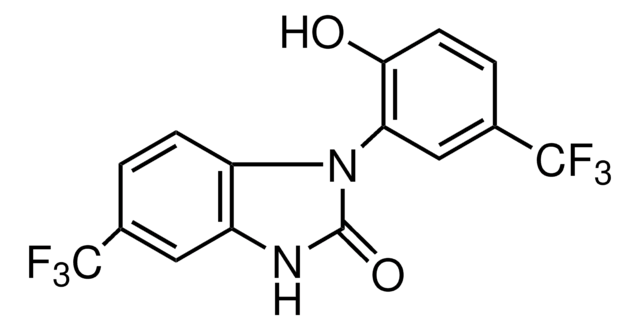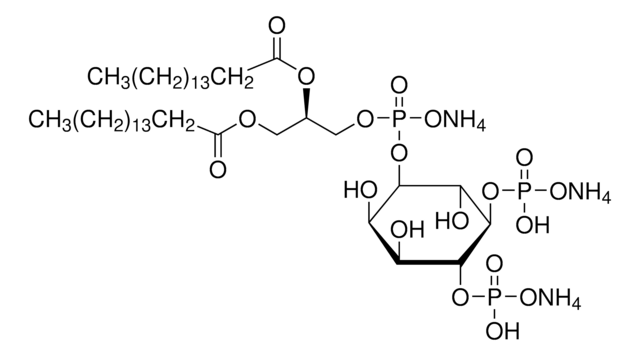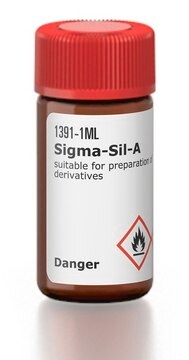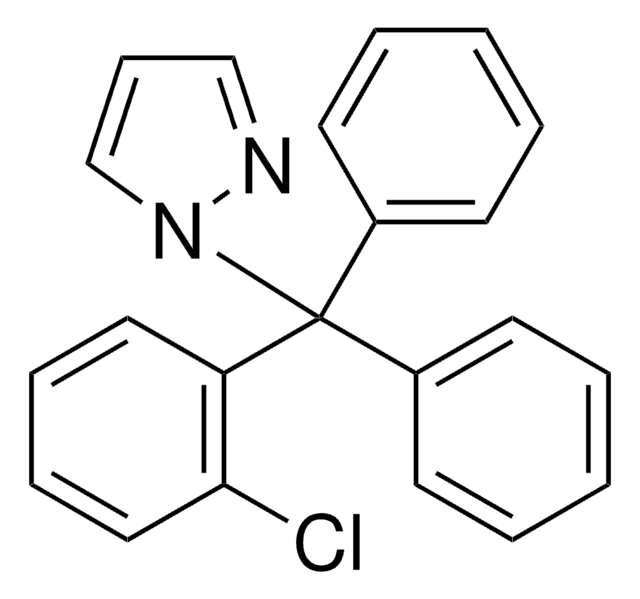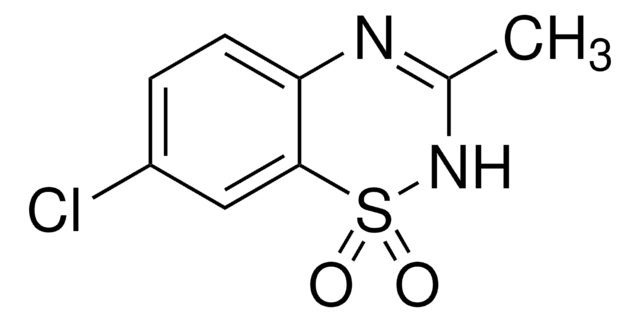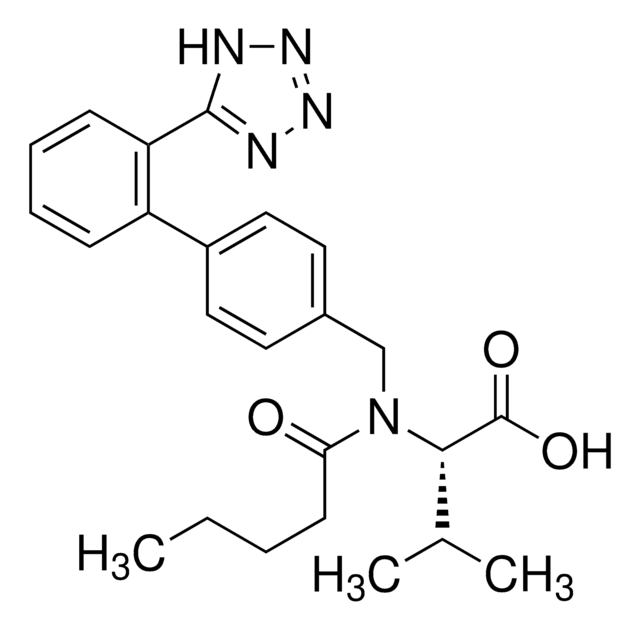About This Item
Produtos recomendados
Nível de qualidade
Ensaio
≥98% (HPLC)
forma
powder
cor
faintly yellow
temperatura de armazenamento
2-8°C
cadeia de caracteres SMILES
CC(C)(O)C1OC2CCC3(C)C(O)(CCC4Cc5c([nH]c6ccccc56)C34C)C2=CC1=O
InChI
1S/C27H33NO4/c1-24(2,30)23-20(29)14-18-21(32-23)10-11-25(3)26(4)15(9-12-27(18,25)31)13-17-16-7-5-6-8-19(16)28-22(17)26/h5-8,14-15,21,23,28,30-31H,9-13H2,1-4H3/t15-,21-,23-,25+,26+,27+/m0/s1
chave InChI
ACNHBCIZLNNLRS-UBGQALKQSA-N
Descrição geral
Aplicação
Ações bioquímicas/fisiológicas
Características e benefícios
Outras notas
Palavra indicadora
Danger
Frases de perigo
Declarações de precaução
Classificações de perigo
Acute Tox. 3 Dermal - Acute Tox. 3 Inhalation - Acute Tox. 3 Oral - Eye Dam. 1 - Skin Irrit. 2 - STOT SE 3
Órgãos-alvo
Respiratory system
Código de classe de armazenamento
6.1C - Combustible acute toxic Cat.3 / toxic compounds or compounds which causing chronic effects
Classe de risco de água (WGK)
WGK 3
Ponto de fulgor (°F)
Not applicable
Ponto de fulgor (°C)
Not applicable
Equipamento de proteção individual
Eyeshields, Faceshields, Gloves, type P2 (EN 143) respirator cartridges
Certificados de análise (COA)
Busque Certificados de análise (COA) digitando o Número do Lote do produto. Os números de lote e remessa podem ser encontrados no rótulo de um produto após a palavra “Lot” ou “Batch”.
Já possui este produto?
Encontre a documentação dos produtos que você adquiriu recentemente na biblioteca de documentos.
Os clientes também visualizaram
Nossa equipe de cientistas tem experiência em todas as áreas de pesquisa, incluindo Life Sciences, ciência de materiais, síntese química, cromatografia, química analítica e muitas outras.
Entre em contato com a assistência técnica


